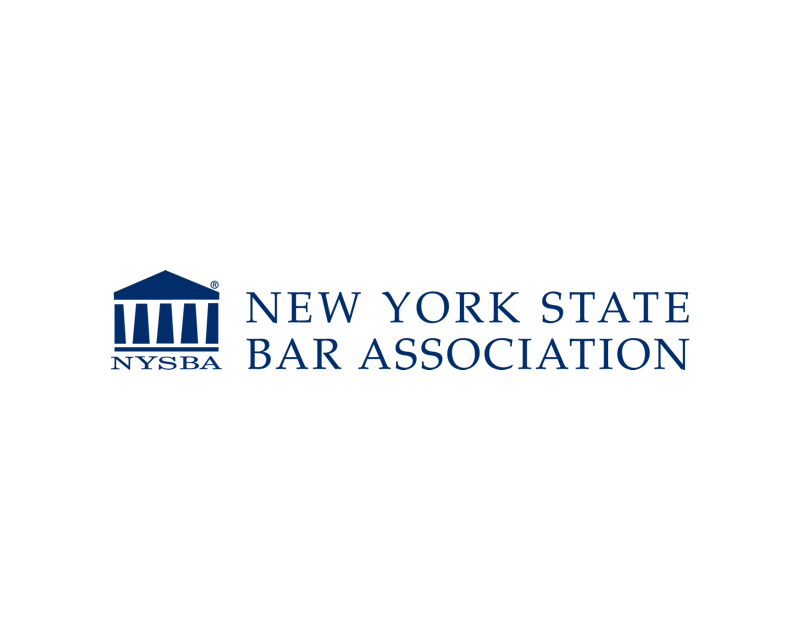Areas surrounding New York City are some of the deadliest in the nation when it comes to cyclist safety. For example, Long Island alone has had at least 64 cyclist deaths since 2005.
According to Newsday, Long Island’s bicycle crash death rate greatly exceeds that of nearby New Jersey, Connecticut and even New York City. Suffolk County is especially treacherous, with 43 deaths since 2005 and an average of 4.6 cyclists’ deaths per million people – which is more than double the average of New York State. By comparison, the average death rate for bicycle accidents in New York City is 0.4 per million people. If you’ve been injured in a bike accident it’s imperative you contact an experienced New York bicycle accident attorney.
Three-Foot Rule
Fatal bicycle accidents can be attributed to a variety of factors, such as drunken and inattentive drivers or cyclists who fail to adhere to traffic laws. One of the most common causes of bicycle accidents is that drivers simply do not see bicycles until it is too late to avoid the accident.
Cyclist safety has become such an issue in New York that the State Legislature has even proposed a three-foot rule. The three-foot rule is exactly what it sounds like; it requires drivers to remain at least three feet away from cyclists on the road. This required safety buffer will mandate that drivers provide the distance necessary to avoid accidents in case a cyclist suddenly needs to change course.
Bicycle Sidewalk Laws in New York City
Dangers posed to cyclists today make it even more important to follow existing laws. Not adhering to laws may not only increase the chance of cyclist injury but also increases the chance of injuring others, and may even expose the bicyclist to civil liability for injuries caused.
In New York City, cyclists seeking refuge from the potentially dangerous streets may attempt to stay safe by riding on sidewalks; however in NYC this is expressly prohibited. The New York City Administrative Code states:
No person shall ride a bicycle upon any sidewalk unless permitted by an official sign. A person who violates this subdivision may be issued a notice of violation and shall be liable for a civil penalty of not more than one hundred dollars.
In addition, a person that violates this law in a way that endangers any other person or property can be found guilty of a misdemeanor, and incur a possible fine of up to $300. The city of New York has been expanding the amount of bike lanes available to cyclists.
Additional Liability for Riding Bicycles on the Sidewalk
Bicycling on sidewalks is not only dangerous for cyclists, but also the pedestrians who may be injured by the faster moving bikes. Pedestrians already have to deal with poorly maintained sidewalks when walking in NYC – the last thing they need is to have to dodge cyclists careening down the sidewalks as well.
Unfortunately, accidents do happen, and when they do, cyclists may be liable for the damages caused. Under New York state law, every person riding a bicycle is subject to the same duties applicable to drivers of vehicles. Just as a motorist may be liable for negligent operation of an automobile, a cyclist may also be liable for negligent operation of a bicycle.
In the case of bicycling on sidewalks, simply the act of riding on the sidewalk may be proof enough that the cyclist was negligent. In New York, if a person violates an ordinance or local law – in this case, the NYC law against bicycles on sidewalks -the violation may be used to prove negligence under certain circumstances. The rationale of using violation of a law to prove negligence is the idea that a reasonable person will obey the law, and that failure to follow the law is considered the behavior of an unreasonable person.
Riding a Citi Bike in NYC can be a risky proposition – not only is there the risk of being in injured while riding on the streets, you may be held liable for damages if you choose to ride on the sidewalk. If you have been injured while riding your bicycle, or been injured by someone else riding their bicycle, contact an experienced personal injury attorney in your area to be advised of your rights and options.









